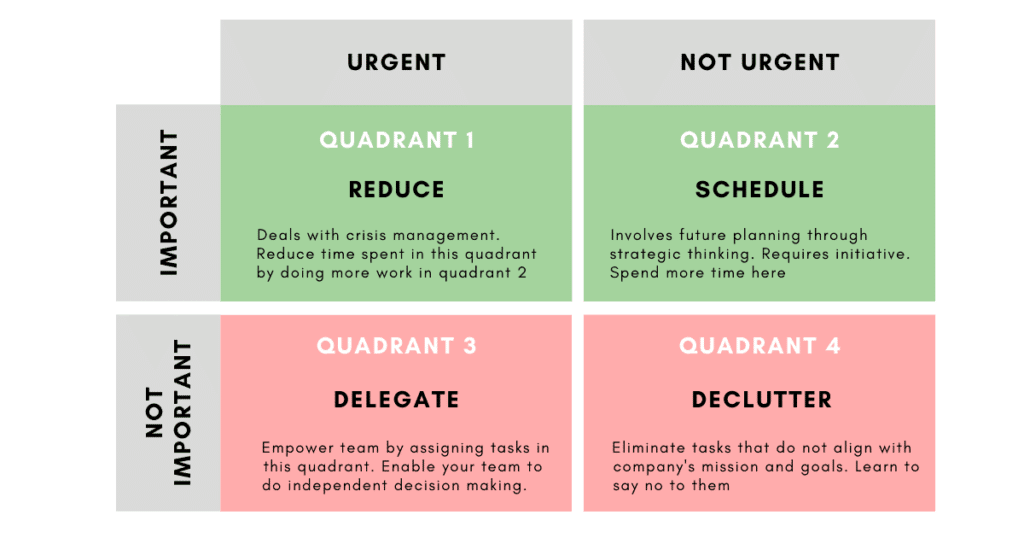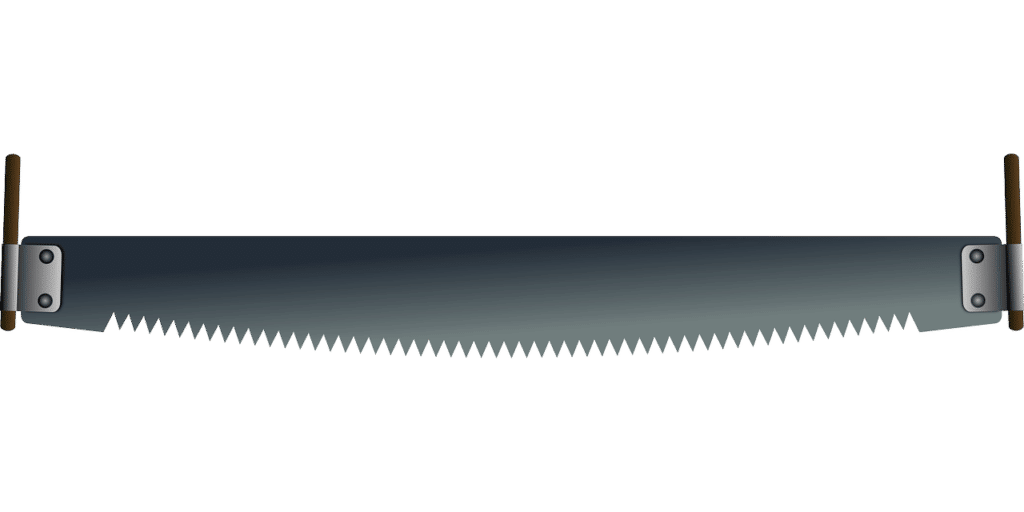Best work-from-home routines in 2024

Let’s face it, remote work is not new but it is here to stay. Instead of spending long hours thinking about when it’s going to end, it’s better to find a work from home routine that can deliver the best results for you.
It takes time to identify which work from home routines are written in the stars for you, and which are quite the opposite.
Without further ado, this guide will provide an overview of great work from home routines to help remote workers and those looking to give structure to their workday.
Remote work is here to stay
Was remote work invented in 2020? Not at all, but this is when it became popularized during the pandemic and it’s something that’s not going to change any time soon.
And here’s some data to back up that claim:
- According to a Softchoice study, 74% of North American office workers said they would change jobs if the company offered a work-from-home policy.
- 77% of remote workers say working from home makes them more productive.
- Stanford University research found that home-based workers are generally less likely to leave the company for another position, and they have a 50% lower attrition rate than traditional employees.
Of course, we could list many similar stats from various different bodies of research. So let’s face it: remote work is no longer considered a luxury, but a standard.
Master remote work productivity
Do you really need a work from home routine, though?
Well you can live without one, but the question is whether or not a work from home routine would help you achieve better results and bring calmness to your work.
And this is where the challenges of remote work collide with the benefits.
According to the 2021 State of Remote Work report by Buffer, there are quite a few remote work challenges that employees may encounter. For 27% of respondents, “not being able to unplug” is the major struggle of remote work. The greatest difficulty that remote workers face is collaborating and communicating with each other, according to 20.5% of respondents, while 14% find it difficult to stay motivated.
Will a single work-from-home routine completely solve these challenges? No, probably not, but it may help with handling them personally and improving remote work efficiency.
Best work from home routines
#1 Work-life balance is more important than you may think
When it comes to building a work from home routine, finding the perfect balance between work and your personal life is often challenging. When the activities are blended together in the same location, it can be difficult to find the golden mean.
That’s why you should optimize the balance step by step. It may be helpful here to:
- Designate a special workplace at home so you can keep your work restricted to that spot. Employees often have to work from a kitchen counter or a coffee table in their living rooms. After work they eat, drink, and relax in the same places, but the connotations of work remain. If possible, try to make yourself a small area for working only. If space limits you, think about e.g. a remote laptop table (no advert here, but in a certain Swedish furniture store you can find them for as little as £15) and noise-canceling headphones. If space is not a problem, consider dedicating another room or even another floor. Once you close the door to that area, the “work day” is over like leaving a regular office.
- Stop yourself from checking your work tasks. Even though you may be tempted to check your mail “out of office hours” because you are using your devices anyway, simply don’t do it. Keep a boundary up between your work and your personal life and under no circumstances try to cross it.
- Only work during office hours and live your life outside of them. You might be tempted to e.g. do the laundry or some washing up if you’re at home during your working hours. Would you do the same if you were in the office? Of course not, so try not to do it when you work remotely either.
#2 Plan your day
To set up the most effective work from home routine, you should simply get to know your own personal preferences when it comes to working. Are you an early bird or a night owl? How does your workload look?
Firstly, take control of your time. If possible, divide your day into segments that fit both your work duties and your work preferences. For example, you might find that you’re most productive early in the morning. Check whether you need to be at work 9-5, or if you can start and finish earlier. If your productivity and general satisfaction are at stake, you may be more able to convince your employer about this setup. You may also consider implementing automatic time tracking to gain insights into how you utilize your day. By analyzing data from the time tracking app, you can make informed decisions to optimize your work schedule.
Organize your days in big blocks of time. Group similar tasks together and perform them in the same time block. For example, instead of responding to each new email, set yourself fixed hours during the day to open your inbox and reply to messages. This will allow you to concentrate for longer on the most important tasks.
Then inform your coworkers about your work from home routine so they know when to contact you and when not to disturb you. Of course, this might not be applicable to each and every situation or type of work, but chances are that you can allow yourself some flexibility.
Finally, review your task list in order to master your work from home routine.
#3 Prioritize your tasks
Once you’ve figured out what time of the day is the best for your productivity, you can adjust your to-do list accordingly.
If you have a lot of tasks on your list, it’s a good idea to identify which are recurring and which are one-offs. There are also more aspects you may want to check here – how long each task is, how complicated it is, and what you need to complete it. Once you have an overview of your tasks breakdown, it’s high time to build prioritizing tasks into your work from home routine.
And you have quite a range of methods to choose from.
Eat the frog
This method assumes that completion of the most difficult task should not be postponed or delayed “until later”, but rather it should be dealt with first.
Eating a frog simply means completing a tiring task or a difficult topic first, otherwise the frog will eat you. That is, you will end up postponing your uncomfortable task for the next day, week, or even month.
If, however, you complete that task at the beginning of the day, you will spend the rest of it feeling satisfied and calm that the worst is behind you. As a result, you will have more energy and focus to invest in other tasks. This achievement will help keep you motivated because you will know that all the other tasks awaiting you are easier.
Such action helps to develop the habit of facing difficult tasks and increases your efficiency, as you focus on the most important jobs not those of lesser importance.
Eisenhower box
The concept of time management, also known as an “Eisenhower Grid” or “Priority Matrix” was developed from the way in which tasks were planned and managed by the 34th President of the United States, Dwight Eisenhower.
This concept categorizes the importance and priority of tasks to be performed. Most often it is presented as a square divided into four quadrants, each representing a different rank of matters that we place in it.

In a nutshell, important tasks are related to the achievement of your goals, dealing with crises, and planning. Urgent tasks, on the other hand, are ones that need to be dealt with quickly because they are time sensitive or a deadline is approaching.
To use this method effectively, you need to clearly define your priority list.
Put important tasks on the list first – remember that when arranging stones in a jar, if you start with the largest ones and only add increasingly smaller ones after then you can fill the jar maximally. Try to complete those first tasks as soon as possible.
Instead of linear to-do lists, an urgent-important matrix lets you stay more focused on what’s really important to your work. An Eisenhower box makes it easier for you to see how your pipeline is organized compared with unstructured to-do lists.
Utilizing an Eisenhower box eases the burden of a never-ending workload. Its clearly defined division of tasks provides precise information about what must be completed, planned, delegated, or eliminated. In certain situations, some tasks need to be completed right away while it would be completely fine to put others on hold.
Track your time using the Pomodoro method for deep focus
Pomodoro is a time management technique aimed at maintaining a high level of focus and a fresh mind, and it could easily become a work-from-home routine. It consists of working in 25-minute segments. After each such period you must take a 5-minute break before doing another 25 minutes of intensive work. It’s very important during this time that you are fully focused on the tasks you have to complete. Don’t take any distractions from work, answer phone calls, nor check social media.
Thanks to this, you will be able to stay more focused for longer, as well as complete a greater amount of tasks without becoming unnecessarily fatigued.
Breaking down your work into relatively short periods of time has several advantages. First, it allows you to maintain concentration. It’s easier to focus and avoid any distractions when you know it’s only for a certain period of time. Being aware of working only for a specific passage of time also increases your productivity because you will want to finish the current task before your break.
Secondly, it makes it easier to motivate yourself to start working. You approach a task completely differently when you know you have to complete it in its entirety, without breaks, and in only 25 minutes.
The third important aspect is the breaks themselves. They allow you to refresh your mind and distract yourself from the topic for a moment. This way, you won’t get tired as quickly and will be able to work this way (taking 5-minute breaks) for a longer time whilst maintaining concentration than when you work without breaks.
Remove your common distractions
Have you ever heard of the “whipsaw effect”?

The whipsaw effect is strongly associated with the disturbance curve.
It has to do with a person needing more time to complete a task upon returning to it after they are distracted from it for a moment than it would usually take. Research indicates that the resulting time loss can be as high as 28 percent of the total duration spent on completing that task.
The whipsaw serves as a metaphor here. Performing a task with concentration is a whipsaw tooth, which is the sharp part. The spaces between teeth represent ineffective time management, the moments wasted returning to an interrupted task.
To minimize the whipsaw effect, you must organize your work and time management so that as few things disturb or distract you from your tasks as possible.
Access to the Internet is essential for remote work – it enables team communication, collaboration, and the sharing of necessary documents. It is also a source of many distractions that are often non-existent when working in a conventional office. For example, you could easily spend your most productive hours replying to private messages or checking your favorite sites! Here are some tips on how to avoid that:
- Interesting blog post or news article? You don’t have to read it now whilst feeling like you’re wasting your time – use Feedly or Pocket to save it for later.
- Are there sites that you find hard to live without but you know they will distract you in the long run? You could block them completely for a certain period of time or set a maximum limit that you allow yourself to spend on them, e.g. if you need them at work to some extent.
- Disable notifications. The intrusive blinking of a chat window or the sound of new messages triggers the FOMO mechanism, the fear of missing out on something if you do not react immediately. You almost certainly know from experience how illusory it is really, whereas distraction after distraction and trouble returning to a work task are real.
- Clean up your workplace! Even a candy wrapper left behind may distract you, and unstructured notes can negatively affect your productivity. Organize your desk and the resulting efficiency gains might exceed your expectations.
Over to you
The #StayAtHome movement and the coronavirus epidemic have forced us to quickly switch to remote work. Even if after three weeks we started to get used to having different responsibilities and dividing the home space between work and private life, focusing and avoiding online distractions can still be a challenge. That’s why a work from home routine can really help you find the balance.
First of all, check at what times of day you work best and when your concentration naturally drops so you need a break. This will help you to better distribute your strengths throughout the day and plan your work accordingly. The second step is to get rid of the distractions, including websites and notifications that take your focus away from your work. Finally, make sure you have the right support – be it music that fosters concentration or applications that motivate you to complete tasks.




















